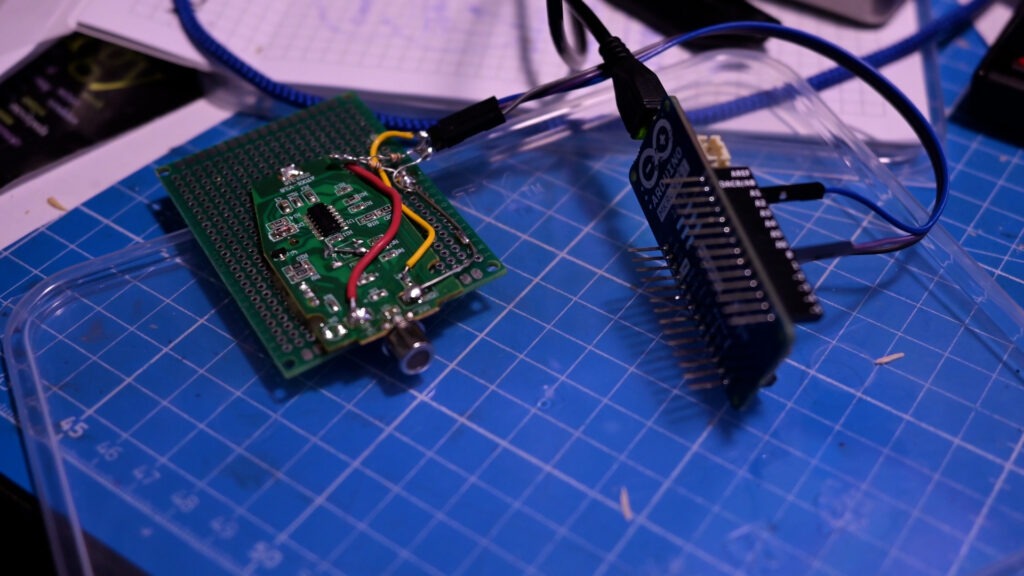
Most people have a general awareness of how economies of scale play into the cost of products; a bespoke, handcrafted vase is going to cost a lot more than a mass-produced vase sold in the millions. But the ramifications of that concept can be really counterintuitive when it comes to electronic goods. In some cases, an entire device can cost less to purchase than just one component in that device. In a new video for element14 Presents, Clem Mayer demonstrates how to repurpose those components for use with Arduino boards.
You can, of course, purchase bare components or modules designed to be Arduino-compatible. But harvesting components from other devices can be a great way to save money — especially if those devices are e-waste without value.
In this case, Mayer tore into a keychain breathalyzer. That is a very simple device that will illuminate one of three LEDs to indicate a general blood alcohol content (BAC) range. Mayer pulled its circuit board and modified it to work with an Arduino MKR WiFi 1010. The alcohol vapor sensor is analog, so the Arduino can provide a much more granular reading than the original device’s three LEDs.

The conversion process was straightforward and only required two major changes. The first was reducing current draw, so the Arduino could supply power directly. Mayer achieved that by removing the LEDs, which were drawing more current than anything else. The second was to bring the operating voltage down to the 3.3V required for the Arduino, which was easy to do with a voltage divider.
A keychain breathalyzer like the kind Mayer used only costs about $5. But an Arduino-ready alcohol sensor from a reputable brand, like Adafruit, can cost $15 or more. So, you can see how the economy of scale makes the complete breathalyzer device a savvy choice and the same applies to a lot of other hardware.
The post Repurpose gadgets as Arduino-ready modules appeared first on Arduino Blog.
